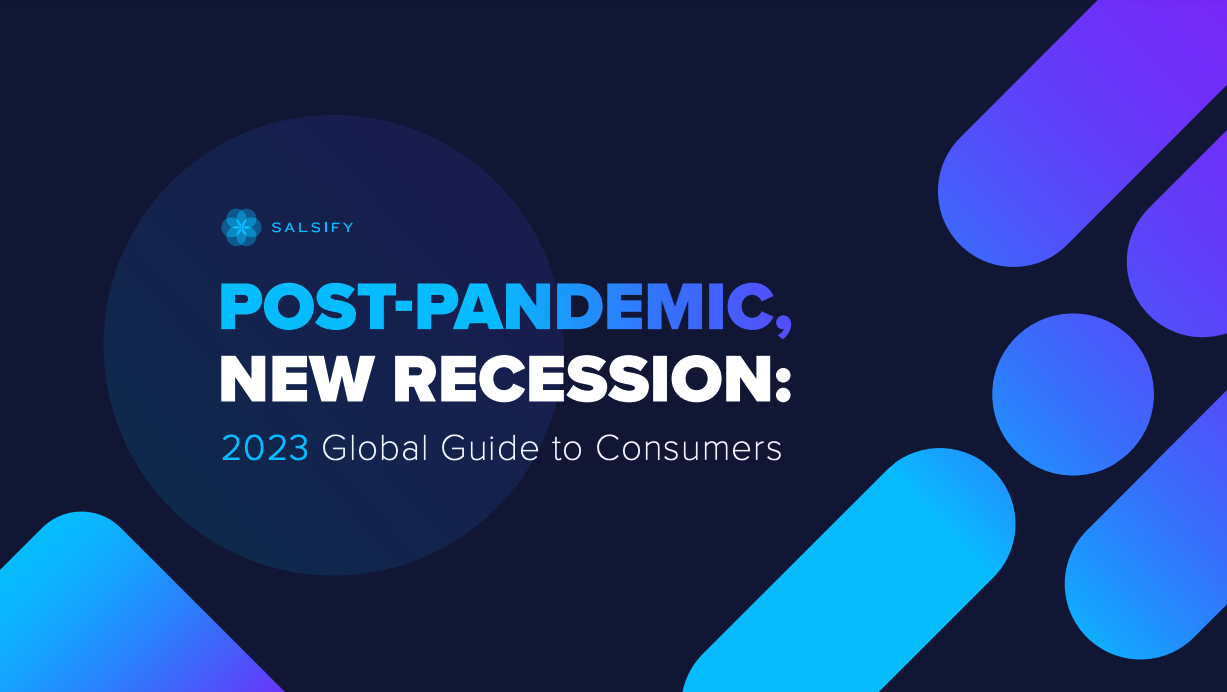Sonesh Shah of Bosch: The Changing Home Improvement Buying Journey

The home improvement industry, which is traditionally entrenched in the brick-and-mortar tradition, experienced huge digital channel gains in the last year.
Kevin Cole, senior director of growth at Salsify, sat down with Sonesh Shah, president of Dremel at Bosch, to discuss the ecommerce landscape in the home improvement industry.
The two ecommerce experts covered why home improvement has traditionally been an in-store shopping experience, how COVID-19 has changed that, and best practices moving forward as the industry has changed.
The Effects of COVID-19 on the Home Improvement Industry
In the past, home improvement brands focused more on the in-person shopping experience for various reasons. For example, customers enjoyed talking to experts in person about their projects and often viewed their hands-on activities as a way to disconnect from the internet.
As the pandemic set in, brands across all industries pulled way back on spending. However, Bosch quickly realized that home improvement spending was way up. Consumers were spending more on home improvement because they were spending more time at home.
Even with slower growth, home improvement has proven to be a new priority for many new customers.
The Role of Ecommerce Channels
One huge change in the market is the introduction of ecommerce channels to the once-in-person industry.
Major home improvement retailers have been major investors in ecommerce channels for years. However, online will prove a much larger scope of the industry than ever before. This is because that shopper’s journey has inherently changed.
How the Home Improvement Shopper Journey Has Changed
Instead of guidance from in-store employees through a project, customers now do their research beforehand. Shoppers dig through content, learn how to fully accomplish their goals, and then start shopping.
Although these habits were originally born out of necessity, customers quickly realized the convenience and quality of ecommerce. Omnichannel options like curbside pickup will likely remain far past the pandemic’s end.
Digitally native consumers, primarily millennials and Gen Zers, are becoming increasingly interested in home improvement projects for the first time. Brands will need to make sure that they provide the experiences they want, and overwhelmingly, those experiences are online.
There has been a huge online content boom surrounding the home improvement industry. TikTok, Instagram, Reddit, Twitter, Tumblr, YouTube, you name it — young people are showcasing their home improvement work on social media channels and teaching others how to do it, too.
Best Practices Moving Forward
The first step to any strategy moving forward is going to center around the people who lead it. Sonesh noted that one of the first focal points brands will want to take should be finding the talent to lead their digital transformation.
How can brands focus on finding the next generation of change-makers in the company?
The home improvement industry is coming to a tipping point — ecommerce is digitally immature but rounding the bend. Now is the best time to find the top talent to lead your brand into the future.
With a wave of content coming from this new influx of home improvement shoppers, brands must find a way to capitalize on this content. Content-led commerce will be the future of do-it-yourself (DIY).
Brands must find ways to maximize the benefits of user-generated content. They can achieve this by working with influencers, showcasing user-generated content on their digital channels, and creating shopping opportunities through this content.
Forward-looking brands will be able to digest user-created content and address commerce needs as they relate to that arena.
An Ecommerce Strategy Is Key
Pushing products live, making updates and changes, and building a data-driven strategy require efficient processes and a winning ecommerce strategy.
As different categories have different penetration rates online, the teams responsible for their success can have a unique focus as well. The use case likely influences the customer. The customer should influence the brand. Listen to your customers — they’ll provide you with the answer to where priorities should lie.
The digital shelf can be a challenging journey for brands new to its obstacles and advantages. But with the right strategies, and following those who have done it well before you, any brand can launch a successful and thriving ecommerce pipeline.
Even if plenty of home improvement brands still think of the industry as an in-person experience, the most forward-thinking brands know that a digital transformation is necessary (even if they’re not there yet themselves).

2023 Consumer Research Report
Download the latest consumer insights to kickstart a winning ecommerce strategy.
DOWNLOAD REPORT
Tag(s):
Home Improvement Brands
Written by: Salsify
Salsify helps thousands of brand manufacturers, distributors, and retailers in over 140 countries collaborate to win on the digital shelf.
Recent Posts
Ecommerce Marketing
|
12 minute read
The Art of the Impulse Buy: 70% of Shoppers Say Discounts Drive Unplanned Purchases — Here’s Why
Read More
Ecommerce Marketing
|
10 minute read
What Does It Take To Have a Good Brand Reputation in 2025?
Read More
Ecommerce Trends
|
11 minute read
What Is Commerce Media — and How Can It Optimize Your Marketing Spend?
Read More
Subscribe to the Below the Fold Newsletter
Standing out on the digital shelf starts with access to the latest industry content. Subscribe to Below the Fold, our monthly content newsletter, and join other commerce leaders.
2023 Consumer Research Report
Download our consumer report to get the latest shopper insights to help you optimize your ecommerce strategy.
DOWNLOAD REPORT

.svg)